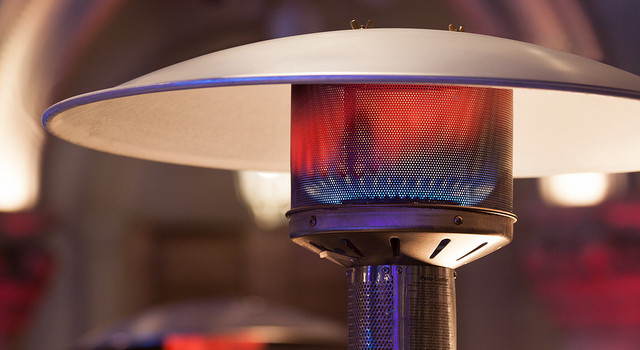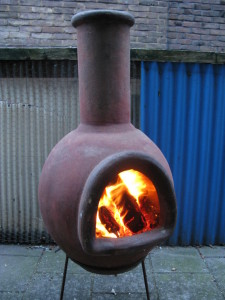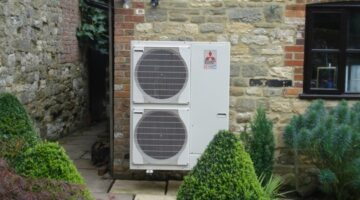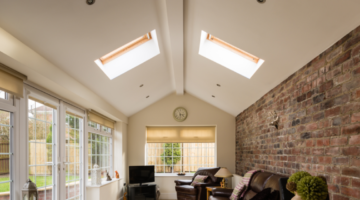
It is that time of year when the patio heaters get dusted down and fired up, not just in back gardens but in pubs and restaurants as well. We hear so often that patio heating is expensive to run and highly wasteful, as most of the heat goes straight up into the atmosphere. And that is true; most patio heaters spend very little of their output actually heating a person. They will heat the atmosphere around a person, and being warmer than the air above, will then rise up, making that heat no longer useful. Some studies suggest an effective efficiency of just a few percent, and the EU has contemplated banning or restricting their use.
So can they ever even approach being an efficient option? Lets take a look at the options.

There are 3 main ways you could consider heating an outdoor area. LPG burners are often used in pub gardens, and contain a canister of liquid petroleum. They are the most expensive option in the majority of situations because LPG canisters are pricey compared with electricity, and the units themselves are usually bulkier and more expensive.
Solid fuel heater can take several forms, but usually involve a small controlled fire or wood logs or pellets. Whilst this is a really nice image, the practicalities make it less useful, especially in a commercial setting. The smoke produced from the combustion gets in the clothes, hair and skin, and is not good news for your lungs if you are around it for long periods. If the fire is open it can cause a fire hazard, and needs regular maintenance to keep it going all evening. So it is only really appropriate in certain settings –however quaint and attractive it may be. Environmentally this can be a much better form of external heating however, as if sustainably sourced the carbon emissions are zero.
Electric heating is the third option. This has several distinct advantages over the other options. The heat can be switched on and off easily as needed, so you don’t need to burn the heater all evening if there is no one on the patio. Often they are twinned up with motion sensors, which creates an automated heating system. Electric heating can also be more focussed, pointing the heat directly at the target.
Infrared Heating for Outdoor Areas
Infrared heating – particularly far-infrared, is a great option for outdoor areas. Because the heat is directed and only heats surfaces directly rather than the air around it, the heat will warm people and not waste the energy heating the atmosphere. Of course, the surfaces will give off the heat gradually, so that heat will be lost to the atmosphere, but not before the heat has had a chance to heat the surface in question. The majority of heat from gas heaters goes straight up, without ever having the chance to warm anyone.
Infrared Heaters are perfect for patio heating!
Older near-infrared heaters are not as effective, as they tend to give off much more heat in the form of convection unlike the modern far-infrared design. They can also damage your eyesight if you stare at them too long!
What else can you do to heat your patio?
You can make your heaters more effective, or indeed less necessary, by making the environment more suitable. This means reducing wind by putting up wind breaks where possible – wind has a big impact on the temperature, especially when you are trying to heat the area. Using awnings or gazebos to create a more closed in space is also useful, but just make sure that you heater and the material are not going to cause a fire! And there is the old putting on a thicker coat trick to reduce the need for heating.













No Comments yet! Be the first one.